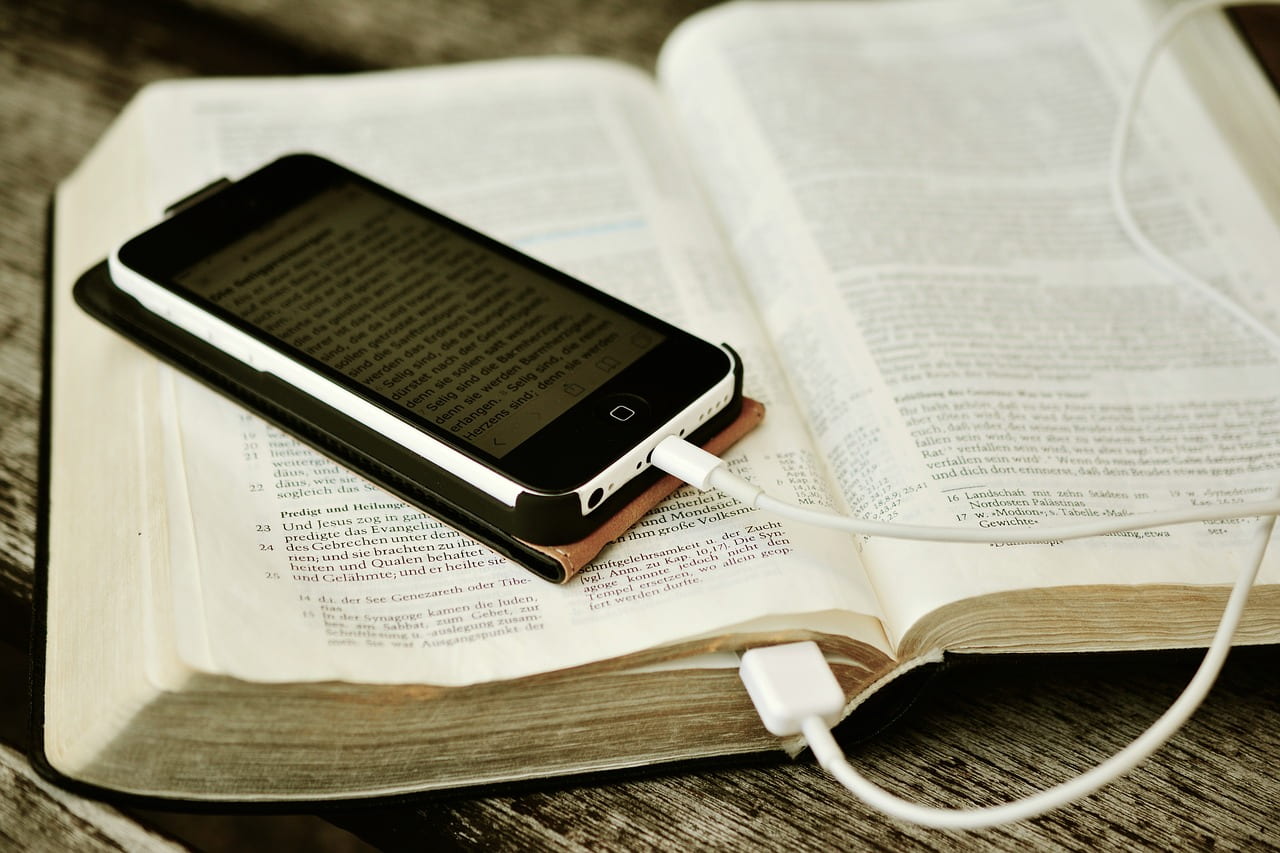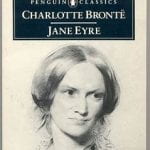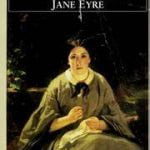
congerdesign / Pixabay
There is no comprehensive data on the recreational reading preferences of Australian children and teenagers across print or digital formats, but a study conducted by Deakin University and Murdoch University point out that teens have a clear preference for print in comparison to reading on devices (Cull, 2011; Dickenson, 2014; Earp, 2017). This is surprising considering over 90% of Australian children and teenagers have access to a computer or laptop, but more than 75% never used them to access digital literature (Earp, 2017). This information seems contradictory when you consider that recent fieldwork into public libraries showed a significant shift from traditional to more digital and computer based resources to compensate for the shift in the reading paradigm (Wyatt, McQuire & Butt, 2015, p. 6-8). This is because libraries are anticipating the long term presence of digital literature, and are motivated to curate their collection to hold a range of physical and digital resources, as well as a repository of technology for their clientele’s personal, social or educational use (Cull, 2011; Wyatt, McQuire & Butt, 2015, p. 8).
O’Connell, Bales & Mitchell (2015) point out that the advent of e-books and e-readers have been the biggest game changers for school libraries in the past few decades. E-books, especially e-textbooks have become increasingly popular in schools across the country as they are able to integrate multimodal features such as interactive maps, videos and images and enhance teaching and learning practices (O’Connell, Bales & Mitchell, 2015). E-books also meet ACARA’s mandate to include a variety of print, digital and hybrid resources as part of the ICT and Literacy components of the General Capabilities (ACARA, 2018).
Whilst e-books address curriculum requirements and educational needs of the modern student, O’Connell, Bales & Mitchell (2015) do acquiesce that including digital literature may be cost prohibitive to many schools and students. Many students, especially those in lower socio-economic areas lack the financial ability to purchase a personal device to access e-books, and many schools cannot afford to purchase additional e-readers or other personal devices for all their students. The other pertinent issue is internet access. E-library subscriptions such as Wheelers require internet access at all times to read the book which is problematic when on public transport or out of wifi, whereas Borrowbox titles can be downloaded and then used offline, which is far more beneficial. But both e-book repositories permit only one borrower at a time to access a title. For class texts , this can be extremely expensive for schools to purchase multiple subscriptions for the same title. The other pecuniary issue is that many e-books are often just ‘leased’, and as they are not owned by the school, can suddenly become unavailable and or the lending parameters change without warning.
Whilst the cost of e-books may be prohibitive, the on-going costs of maintaining digital literature subscriptions for online encyclopaedias and databases are often cheaper than obtaining individual journal subscriptions (Cull, 2011). Academic libraries in particular, often purchase databases with access to a variety of journal articles for a lower cost than individual subscriptions. Smaller libraries may coalesce to purchase a subscription together. For example, ACT local libraries offer Gale databases as part of their collection.
When it comes to genres, recent publishing trends show an increase in young adult literature across Australia and the world (Manuel & Carter, 2015). These trends indicate two possible reasons, the first being that young adults are reading increasingly, and the second, is that as teenagers age into adults, they are retaining their young adult reading preferences. Manual & Carter (2015, p.122) point out that fiction is still the most popular choice for teens, followed by multimedia, non-fiction and magazines. Genre wise, fantasy and mystery are popular with both sexes, and romance disdained by everyone (Manuel & Carter, 2015, p.123). Graphic novels are making a comeback but this time in a digital space, girls seem to like detective stories, action and adventure, whereas boys like science fiction, informational texts and biographies AND EVERYONE HATES POETRY (Manuel & Carter, 2015, p.123-124; Moorefield-Lang & Gavigan, 2011))!
What is interesting about reading preferences with teenagers is that text selection and pedagogical practices in the classroom actually has an impact on students. When inappropriate classroom texts are selected, and or the pedagogy associated with them is poor, students develop an antithesis for that particular title/genre or reading in general (Manuel & Carter, 2015, p.125). A perfect example would be Golding’s Lord of the Flies. I studied this text many moons ago and I only have ghastly memories of the text.
I am an avid reader and I STILL GET THE HEEBIE JEEBIES when I think about that book.
Whereas appropriate texts and good pedagogy can bolster a love of reading. I studied Charlotte Bronte’s Jane Eyre ain high school and I still love her to the point where I have seven copies of Jane Eyre!!!

*All imageswere obtained from the public domain.
YES I HAVE 7 COPIES OF JANE EYRE!!!
Digital devices have been often touted as the panacea for improving reading rates, literacy and learning for three main reasons. Introducing digital literature into classroom practice allows teachers to bridge the digital disconnect between a teenager’s personal life in the digital world and the school’s analogue world. By making these valuable connections, teachers are able to lure students to tasks they may normally disdain, such as reading class texts or researching online. Combined with the fact that most teenagers are permanently glued to their personal devices means that they are very receptive to the idea of using (their phones and) digital literature for personal and educational purposes.
REFERENCES:
Cull, B. W. (2011). Reading revolutions: online digital text and implications for reading in academe. First Monday, 16(6). Retrieved from http://firstmonday.org/ojs/index.php/fm/article/view/3340/2985
Dickenson, D. (2014). Children and reading: Literature review. Australia Council 2014. Retrieved from https://www.australiacouncil.gov.au/workspace/uploads/files/research/children-and-reading-literatur-5432557e418db.pdf.
Earp, J. (2017). Infographic – Teen reading habits. Teacher Magazine. Australian Council for Educational Research. Retrieved from https://www.teachermagazine.com.au/articles/infographic-teen-reading-habits
Houston, C. (2011). Digital Books for Digital Natives. Children & Libraries: The Journal of the Association for Library Service to Children, 9(3), 39–42. EBSCO
Manuel, J., & Carter, D. (2015). Current and historical perspectives on Australian teenager’reading practices and preferences. Australian Journal of Language and Literacy, 38(2), p.115-128. Retrieved from https://www.alea.edu.au/documents/item/1175
Moorefield-Lang, H., & Gavigan, K. (2012). These aren’t your father’s: the new world of digital graphic novels. Knowledge Quest, 40(3), 30-35. Retrieved from http://web.b.ebscohost.com.ezproxy.csu.edu.au/ehost/detail/detail?vid=0&sid=b349502e-3dd2-48d3-9d9a-6beed7db31cc%40pdc-v-sessmgr05&bdata=JnNpdGU9ZWhvc3QtbGl2ZQ%3d%3d#AN=82563984&db=lih
O’Connell, J., Bales, J., & Mitchell, P. (2015). Literature in digital environments: Changes and emerging trends in Australian school libraries. In L. Das, S. Brand-Gruwel, K. Kok, & J. Walhout (Eds.), IASL 2015 Conference Proceedings: The School Library Rocks: Living it, Learning it, Loving it (pp. 356-369). International Association of School Librarianship. http://www.meles.nl/_clientfiles/SMD/IASL2015_Proceedings_Vol2_2ndEd_ResearchPapers.pdf
Teen Reading In a Digital Era. (2017). Report at a glance – Teen Reading in a digital era. Murdoch University & Deakin University. Retrieved from https://teenreadingdotnet.files.wordpress.com/2017/04/teen-reading-folio-report_email.pdf
Wyatt, D., McQuire, S., & Butt, D. (2015). Public libraries in a digital culture. University of Melbourne & State Library of QLD. University of Melbourne Press. Melbourne Victoria. Retrieved from https://arts.unimelb.edu.au/__data/assets/pdf_file/0005/1867865/PublicLibrariesinaDigitalCulture.pdf





